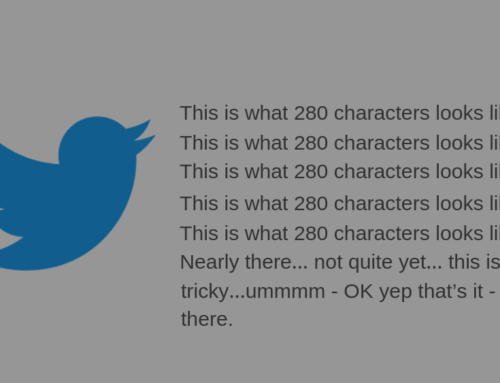Did you know: 50% of businesses rely on Social Media as their main way to reach new customers?
As a small business, you will be using social media to increase engagement and to drive more traffic and increase sales. The biggest issue with this, is not truly understanding the science behind social media engagement, and how to make the most of all the different social networks, tools and tactics.
As always, I listen to what my audience wants to read from me, and this is something that has come up quite a lot this year, along with the first part of this article about the science behind social media decision making. Engagement is one of the most important metrics when it comes to measuring your social media success, and here is the science behind social media engagement, and how it can work for your small business.
Social Media Nurturing
In the last friday article I shared with you, I spoke about the science behind decision making and the “social journey”. Throughout the social journey, and during the social media engagement, you need to be nurturing your potential customers. A huge part of engagement online is achieved through more than just posting content; you need to nurture, and understand what your community want to see from you and this means STOP talking about yourself, 24/7.
Achieving social media engagement can be broken down into 4 steps, which has been investigated by McKinsey & Co through research and expert interviews.
1. Monitor
This should be your starting point for any social media activity. Before diving in head first, and sharing content on social media, you first need to monitor your community, competitors, trends and thought leaders in your industry. When your consumer is in the “consider” stage of their “social journey” they will be looking at how well you have interpreted what THEY want to see from you, and the pain you solve with your product/service.
2. Respond
Over the last three years, social media has become more than just a place to engage; it is now a fully functional customer service outlet and should be treated as such. According to McKinsey & Co, 78% of potential customer will not purchase because of bad customer service. They also said that 70% of purchasing decisions were made based on how they were treated by a company. If this doesn’t scream “deliver good customer service online” then I don’t know what will.
3. Amplify
You’ve monitored your online community, created a “social journey” and have built trust through responding to questions so now you need to take the positive sentiments and share them to build trust even further. The best way to do this is through recommendations, testimonials and case studies. If someone is looking to work with me, I will always share with them testimonials, case studies and recommendations, and they are always welcome to speak to current clients of mine for feedback. Transparency is key.
4. Lead
This is where a potential customer will become a lead, that converts into a sale. Just because they have purchased from you, it doesn’t mean the conversation stops here. You still need to use social media as your engagement platform, sharing a wide variety of great content.
Social Media Engagement Best Practices
Strong Visual Content Always Wins
Whether it be infographics, quotes or product images, visual content is relatable and will always encourage engagement.
Mix It Up
Don’t just post ALL text based content, or ALL visual based content; mix it up. Share photos as well as text, but also consider polls, interesting facts and statistics to keep your content fresh.
Blog Content
Social media engagement is at it’s best when there is talk about something you have personally written. I have earnt thousands of pounds JUST from sharing my blog content across my social media platforms.
Don’t Forget About Video Marketing
I have talked about the importance of visuals, but with 80% of internet content predicted to be video by 2019, you need to start producing video content that is engaging with your audience.
Use Call-To-Actions (CTA)
If I have a webinar I am running for my audience, I will always offer a call-to-action in my social media posts so that they know the next step they need to take. If you want your audience to do something, you need to give them a call-to-action that is quick, and easy.
It’s Not About YOU, It’s About Your Customer
One of the biggest reasons why a small business will be unfollowed on social media is because they talk too much about themselves. Whilst you may be great at what you do, let your testimonials and case studies do the talking for you, and focus on what your CUSTOMER wants to engage with.
To see the visual of the 4 steps, and the original article which inspired me to write this two part series, please click here.
Ready to produce game-changing digital results in your business?
Subscribe to receive cutting edge insights on digital leadership and transformation- straight to your inbox
We do not sell or share your information with anyone.



![[Case Study] How Facebook’s Native Advertising has Changed](https://thinkdigitalfirst.com/wp-content/uploads/2018/05/Blog-Case-Study-How-Facebooks-Native-Advertising-has-Changed-1-500x383.png)




